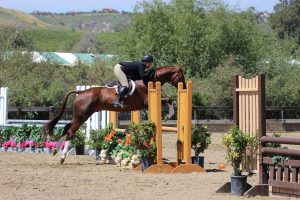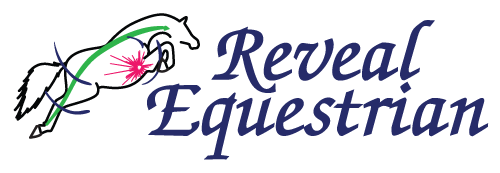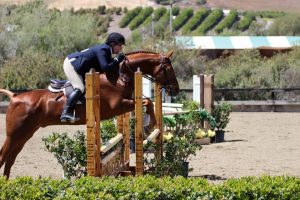The show ring hunter’s that we see today have deep roots. It was established in England and Europe when gentry rode across the countryside fox hunting. The horses carried their riders’ miles over varied terrain in pursuit of the fox. They often encountered obstacles such as creeks, ditches, walls, and other natural fences along the way. It is from this the Show hunter emerged.
Originally Show Hunter had to be a member of a Hunt. Now, one simply must be a member of two organizations, the United States Equestrian Federation (USEF) and United States Hunter Jumper Association (USJHA). The USEF is our national governing body and the umbrella organization that, through its departments, governs all horse sports. The USHJA is the department responsible for Hunters and Jumpers. They judge subjectively on manners, pace, way of going and Hunting soundness.

Judging & Evaluation
In a modern show ring hunter, it’s important to exhibit the traits desired of a good field/fox hunter— with a calm disposition, good manners, smooth gaits, steady way of going, and pleasant and efficient jumping ability with style, presence, and superior technique. Albeit, a very stylized version. A winning show ring hunter will display a combination of conformation, disposition, and jumping form. The Judge – usually one, except in a prestigious class – evaluates on major and minor faults and comes up with a numerical score.
90+ – A – A very special round.
80+ – B – A good solid round with subtle discrepancies
70+ – C – An acceptable round by a limited horse or a special horse with obvious problems
60+ – D – indicates significant errors such as a missed lead change
50+ – F – Suggests a dangerous jump or some other major fault, 55 for breaking pace, 50 for adding a stride in the combination
40+ – indicates a first refusal, or and extra circle on course.
30+ – indicates a second refusal or circle.
Elimination – no score. Three refusals or circles, jumping the wrong jump, or falling.
Major & Minor Faults
In the Hunter classes, only the horse is judged, not the rider. Major faults are refusing a jump, knocking down a rail, breaking pace (trotting, when cantering is required) the wrong lead, missing changes, adding strides, and dangerous jumps.
Minor faults are tail swishing, rubbing jumps, faults in jumping style, poor expression, stiffness or tension, distances that are too long or to short, and roughness in the work. Swapping off in front of the jump, late or awkward flying changes.
Sections & Classes
A wide range of sections and classes is offered for hunter riders in today’s show ring, both over fences and on the flat. Additionally, hunter classes exist for virtually every breed of horse or pony and for any level of rider. These classes start at the cross rail level and gradually get larger, harder and more prestigious. Typically horse shows offer a division in each of the sections offered. This means several classes over fences and 1 under saddle class.
Prizes & Ribbons
Prizes and ribbons are sometimes given to first through sixth, first through eighth usually, and sometimes to tenth or fifteenth at a huge or prestigious show.
Each ribbon has a point value which depends a little on the number of ribbons given, but usually is 10 points for first, 7 for second, 5 for third, 3 for fourth and 1 for fifth. The horse with the most points is the division Champion, the second-place horse is Reserve Champion.
The Course
Show hunters show over natural-looking obstacles and not the striped colorful jumps we see in the Jumper ring. The courses are required to have at least two changes of direction. This means usually some sort of figure eight course. The oxers are always at the ends of the lines and are always ramped. To encourage the horses to jump well, the design of the jumps is to make them solid and ramped. The purpose of the course is to showcase the horses’ talent, but is not supposed to be a test – except perhaps in the derby courses.
Hunter riding is all about smooth riding, effortless presentation to the jump, a beautiful jump with a bright expression on the horse. The pursuit of top hunters has colored our national riding style, making our world-class riders use of aids, position, pace and the jumping style they produce admired worldwide.
Jenna Reveal-Bourcier trains young and adult riders alike at her equestrian facility in San Juan Capistrano. She hopes to spread her love of the equestrian sport in Orange County and beyond. To learn more about her qualifications and achievements, check out our equestrian coach’s page!





